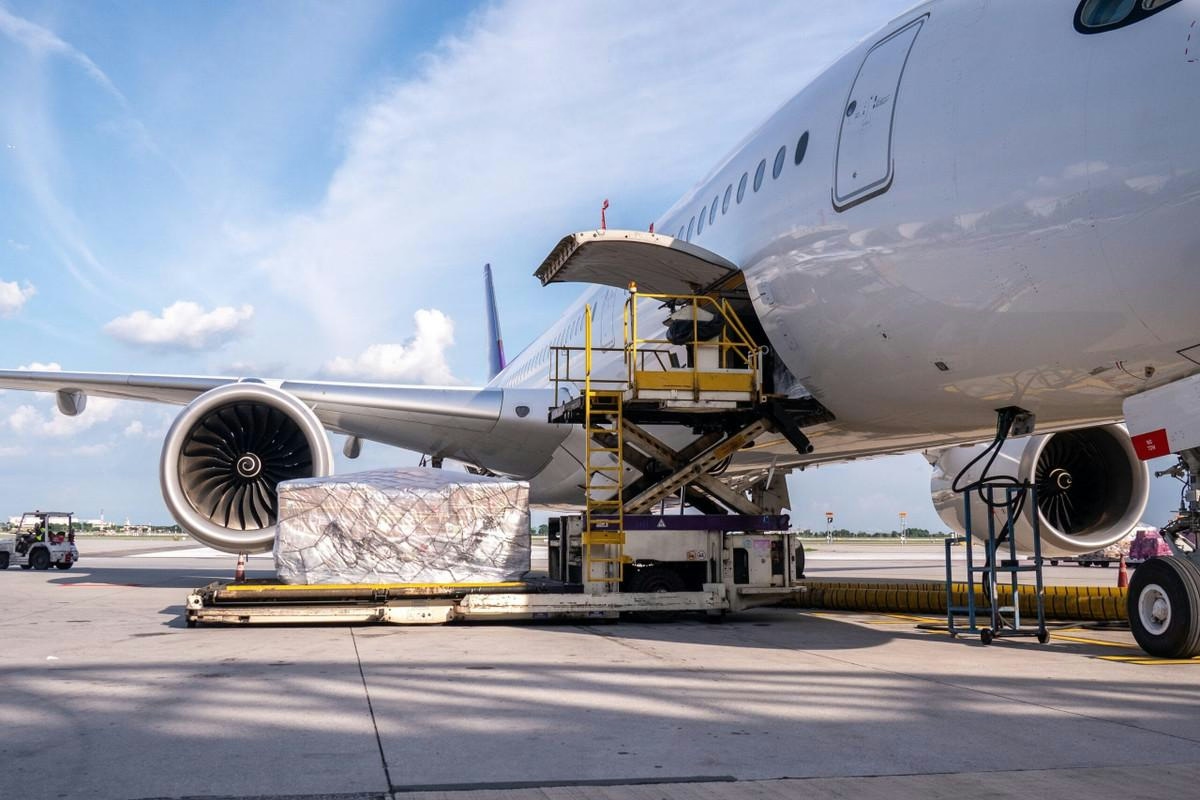
AeroGenie — ваш интеллектуальный второй пилот.
В тренде
Categories
Understanding Wet-Leasing Following Emirates Cargo Plane Incident in Hong Kong

Understanding Wet-Leasing Following Emirates Cargo Plane Incident in Hong Kong
The recent incident involving an Emirates cargo plane in Hong Kong has brought renewed attention to the practice of wet leasing within the aviation industry. The accident, which tragically resulted in two fatalities and led to the temporary closure of the airport’s north runway, has sparked widespread discussions regarding the safety and regulatory oversight of wet-leased aircraft operations.
Defining Wet Leasing and Its Operational Framework
Wet leasing, often referred to as ACMI—an acronym for Aircraft, Crew, Maintenance, and Insurance—is a leasing arrangement where an airline leases not only the aircraft but also the crew, maintenance services, and insurance from another operator. Under such agreements, the lessor retains operational control, and the aircraft operates under the lessor’s Air Operator Certificate (AOC). This structure allows airlines to augment capacity or cover operational gaps without directly managing the leased aircraft’s day-to-day operations.
Implications of the Emirates Incident on Industry Practices
The Emirates cargo plane accident has exposed potential vulnerabilities inherent in wet-leasing arrangements, particularly concerning safety oversight and regulatory compliance. In response, aviation authorities are anticipated to intensify scrutiny of wet-leased operations, potentially introducing more stringent regulations to ensure uniform safety standards across all operators involved. Airlines that depend significantly on wet-leased aircraft may face increased market pressures and could be compelled to reevaluate their leasing strategies amid this heightened regulatory environment.
Industry competitors are also expected to reassess their own wet-leasing practices and safety protocols to mitigate risks and preserve public trust. As investigations into the incident proceed, the aviation sector remains attentive to possible regulatory reforms and shifts in market dynamics that may influence the future role of wet leasing.
This incident highlights the critical need for rigorous safety measures and clear operational control within wet-leasing agreements, as the industry strives to balance operational flexibility with uncompromising safety standards.
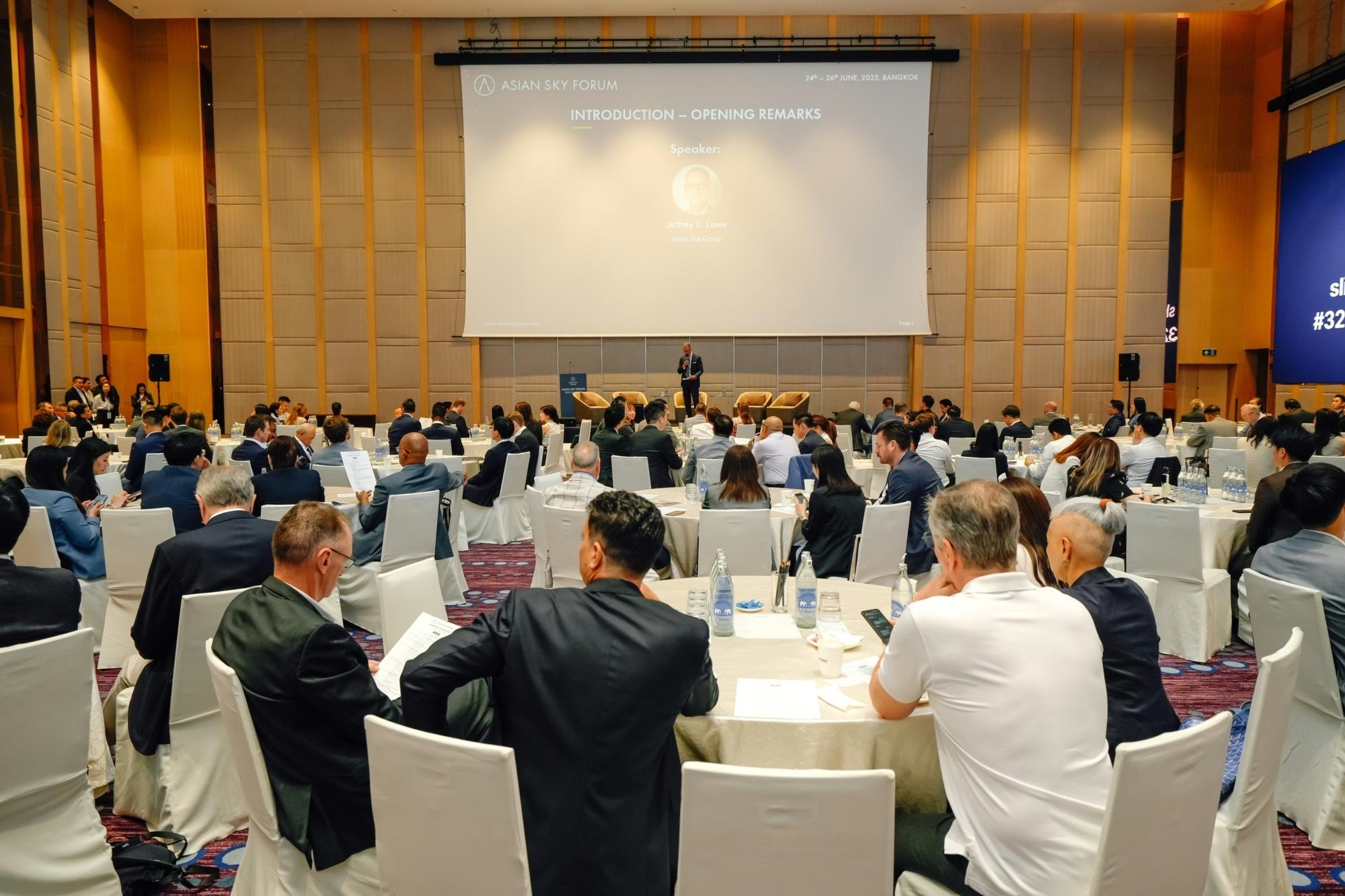
FACTS Summit 2025 in Sydney Highlights Innovation and Sustainability in Asia-Pacific Corporate Travel and Aviation
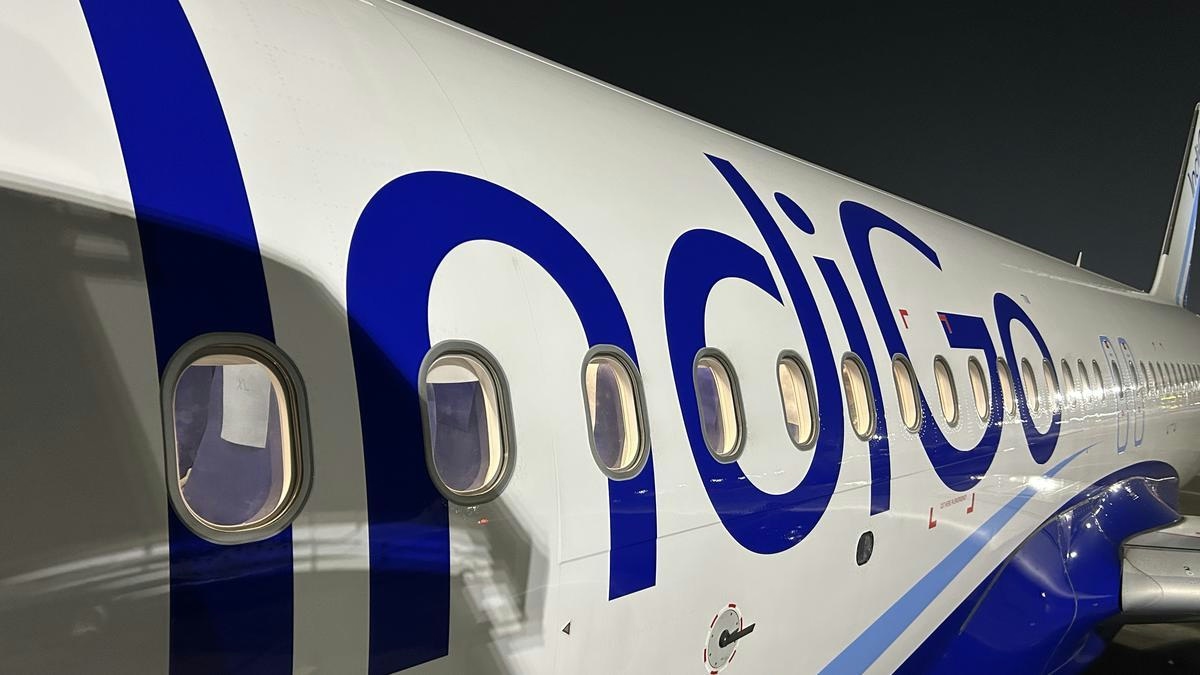
IndiGo to Deploy Wide-Body Aircraft on Vijayawada-Hyderabad Route, Says MP
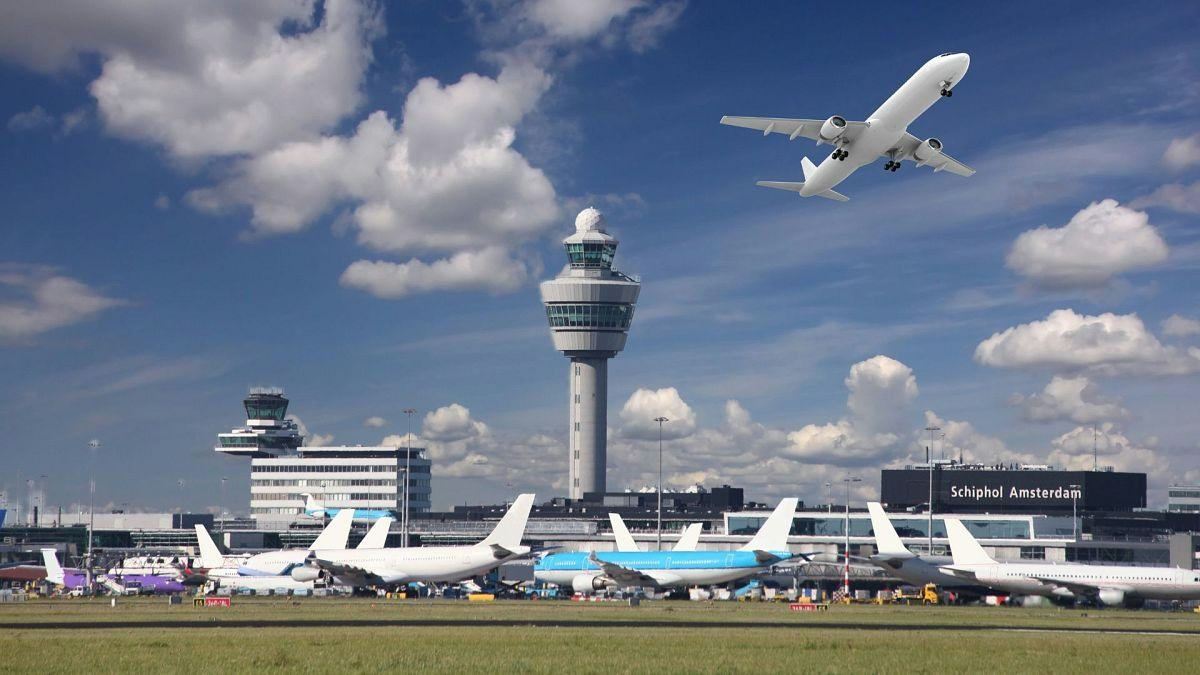
Europe Unveils New Aviation Strategy to Promote Cleaner, Faster Flights
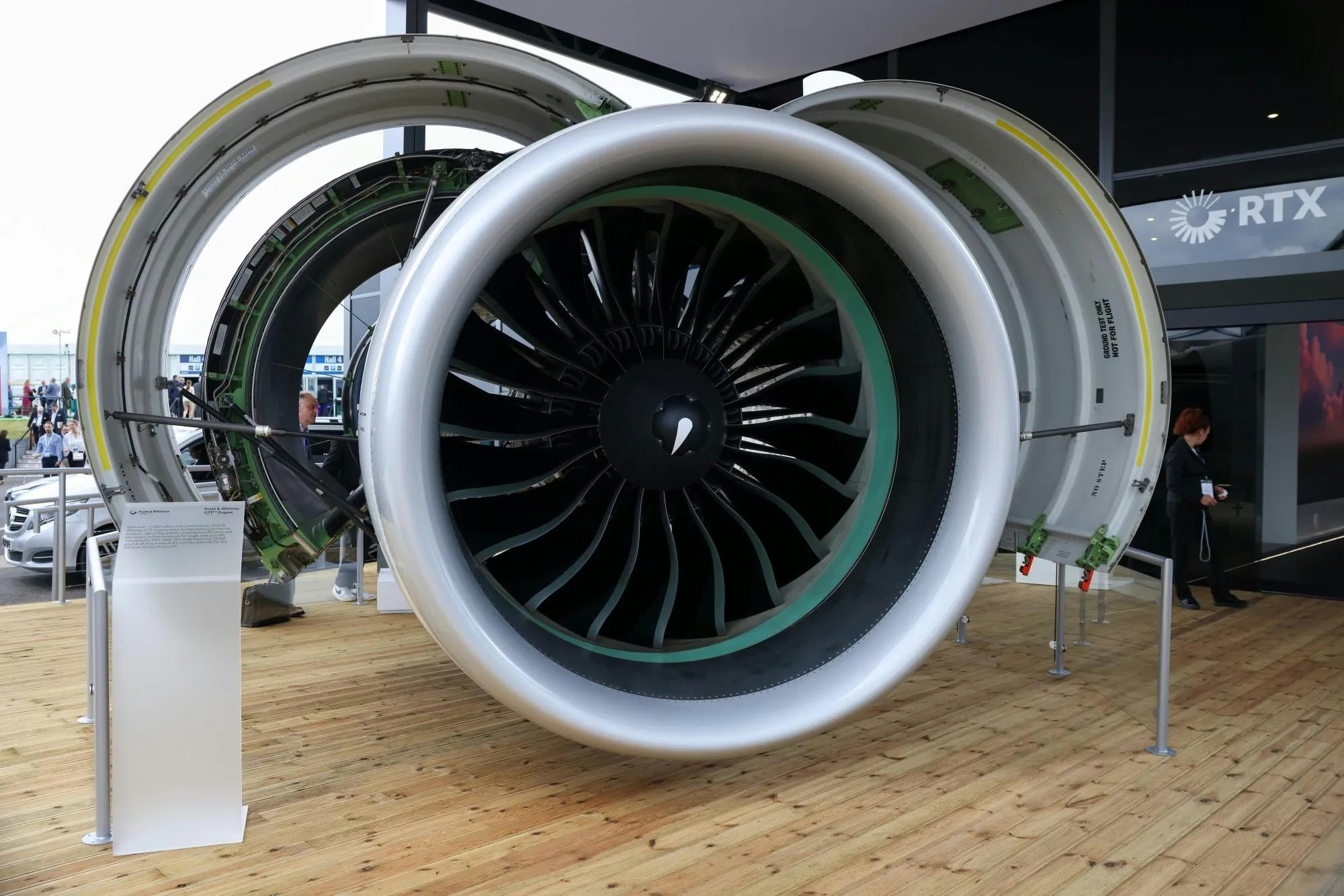
Spirit Signs Agreement with Pratt & Whitney Units on Aircraft Engines
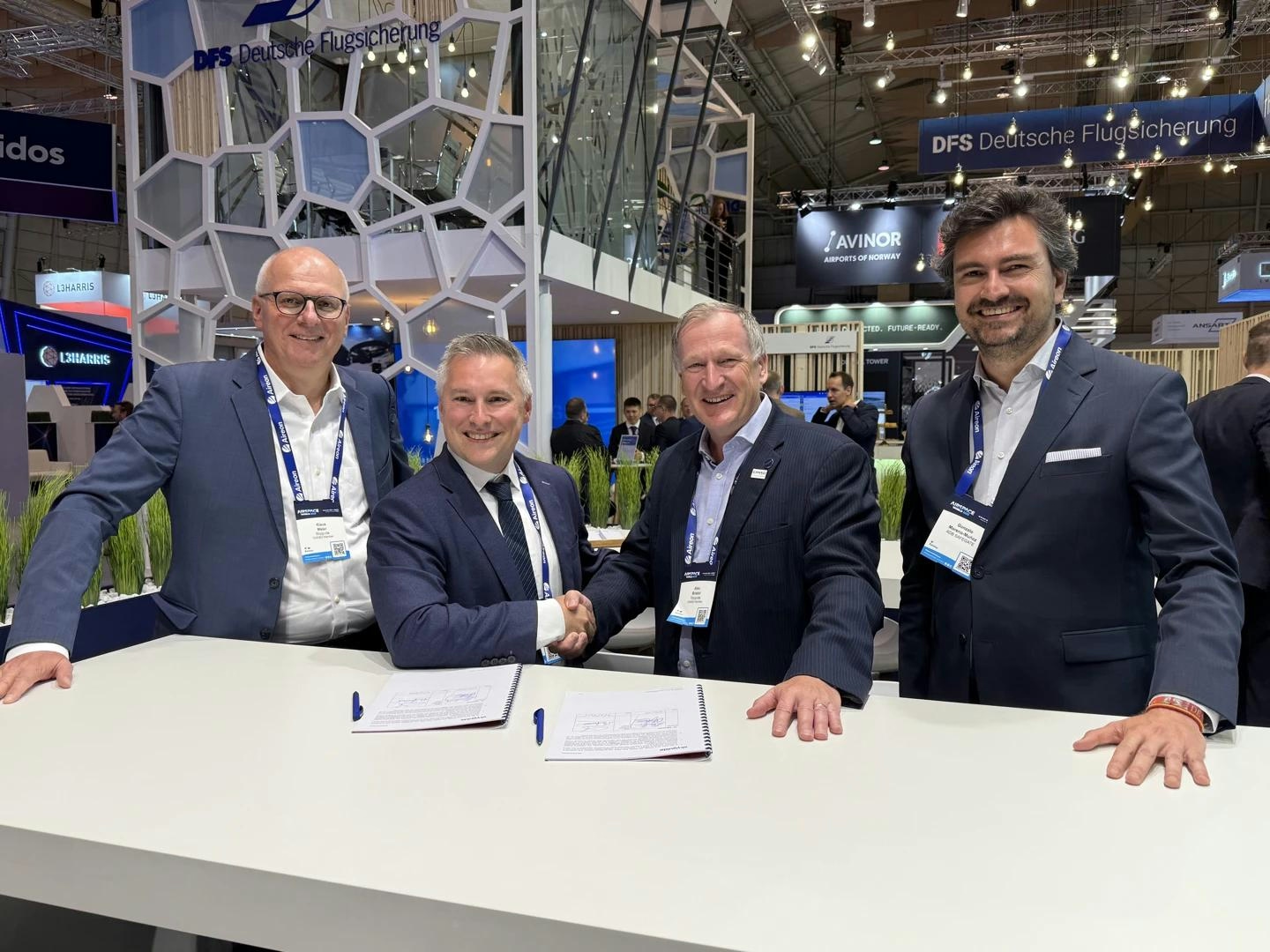
ADB SAFEGATE Receives Industry Awards for Marketing, R&D, and Social Impact

GA Telesis Secures Five-Year Landing Gear Overhaul Agreement with Major U.S. Carrier
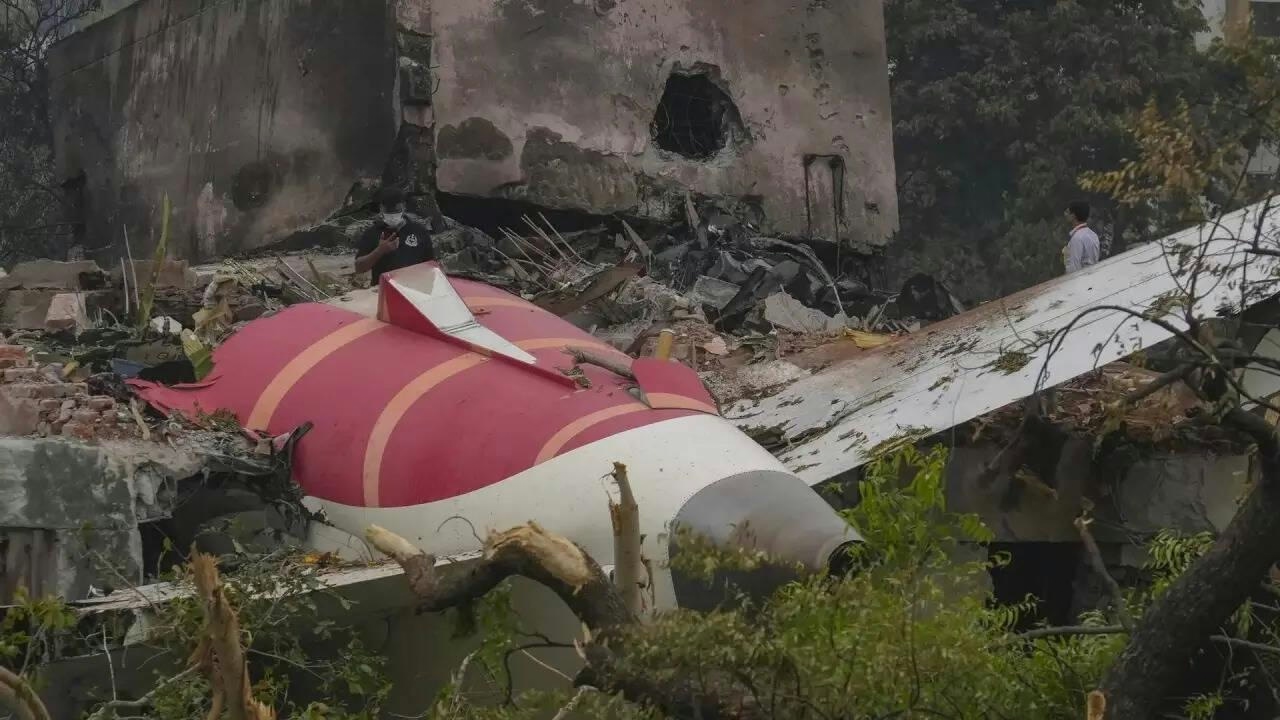
Government Strengthens Aviation Safety Framework Amid AI-171 Investigation
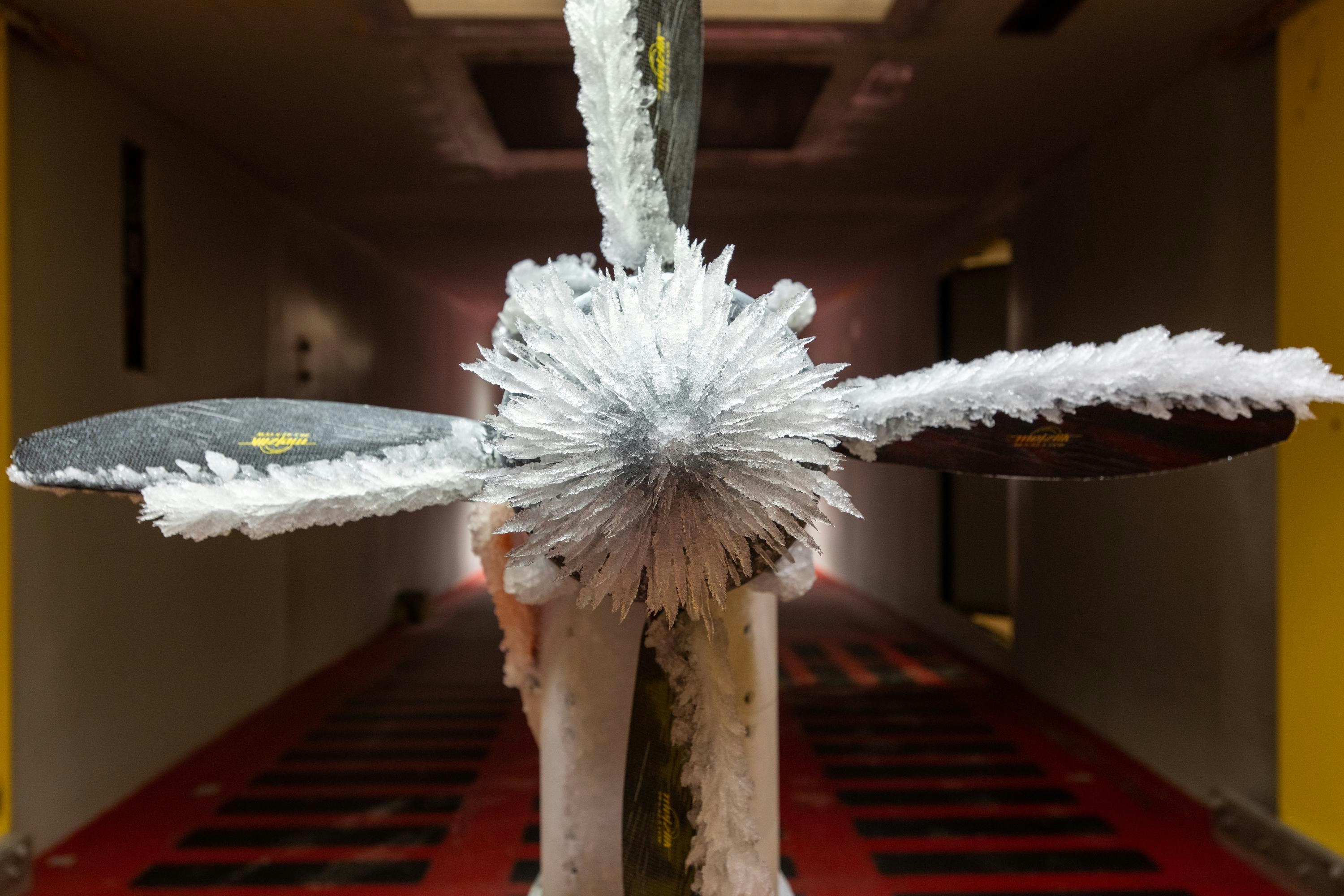
NASA Software Raises Bar for Aircraft Icing Research
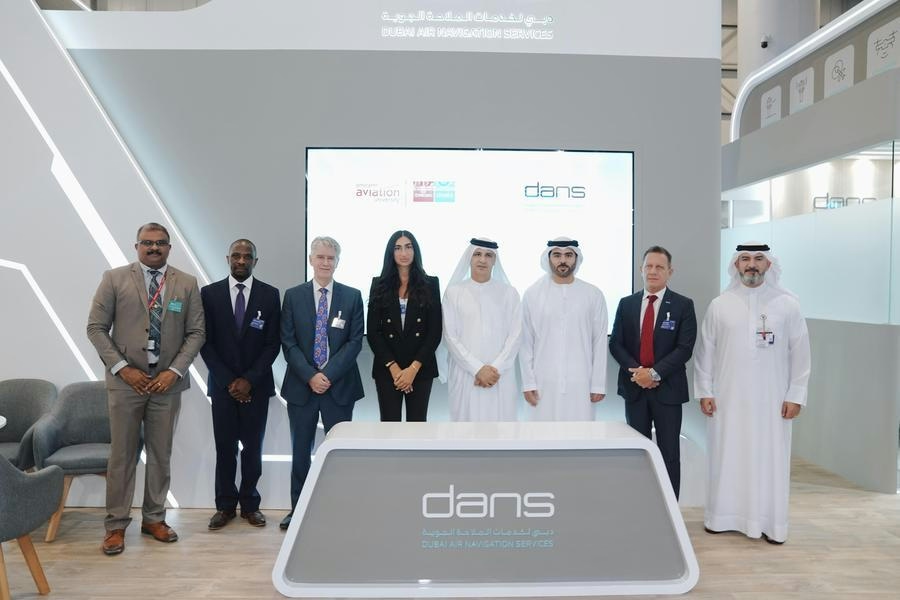
Dans and Emirates Aviation University Partner on AI Air Traffic Management Research
